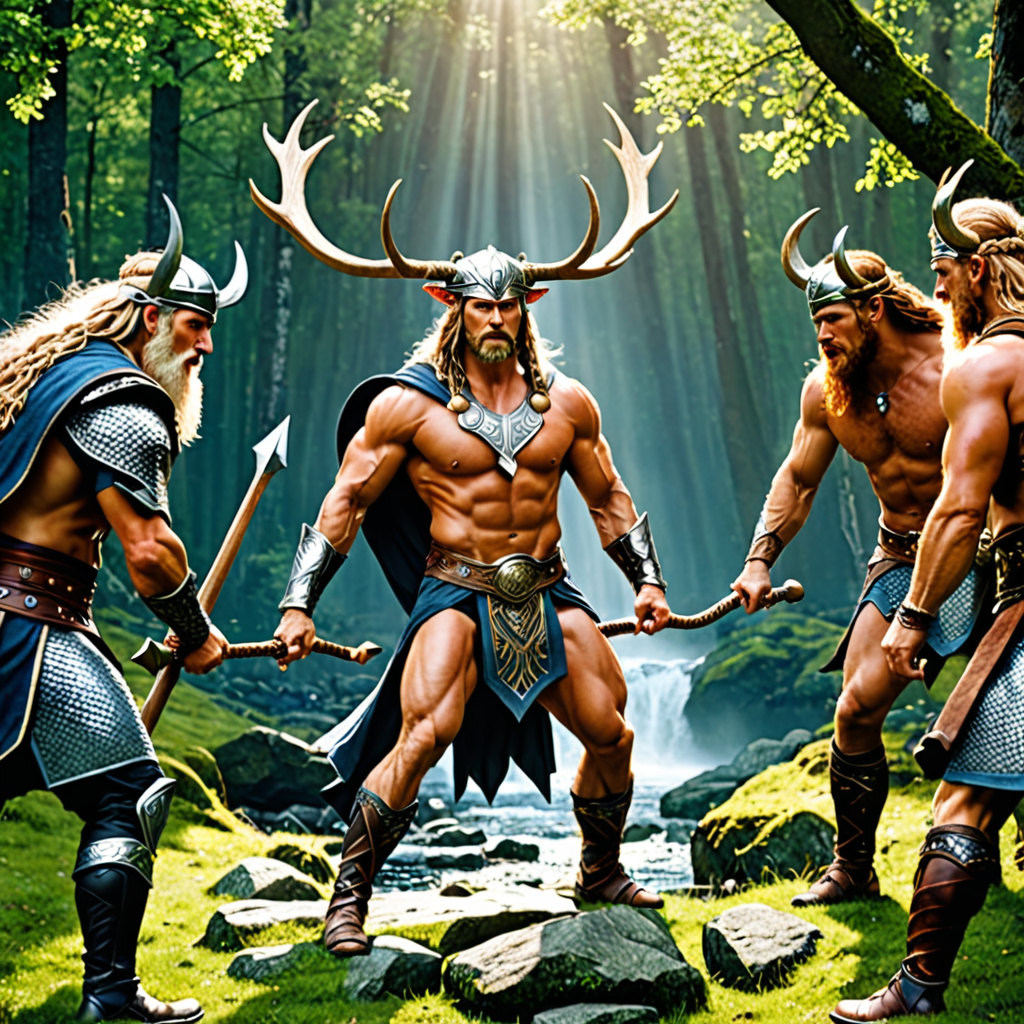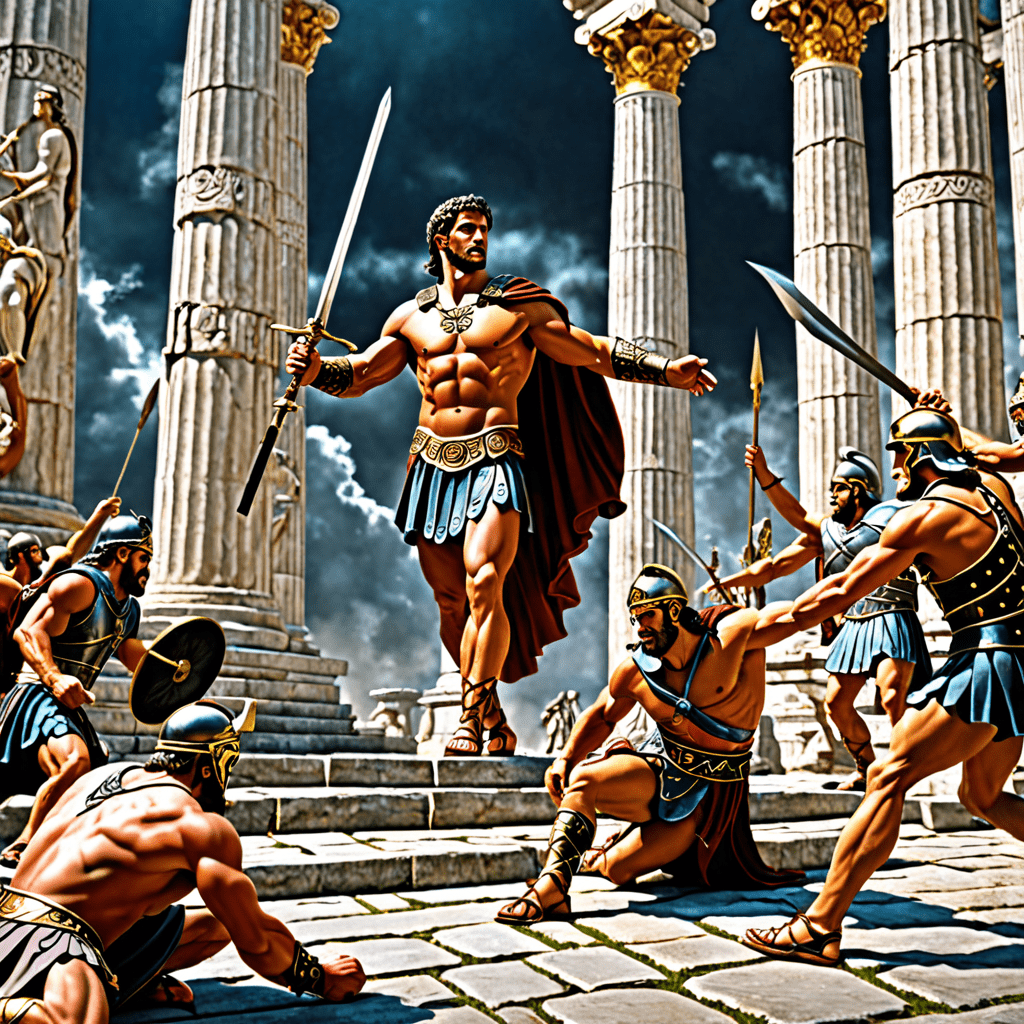The Concept of Trickery in Norse Mythology
In Norse mythology, the theme of trickery plays a significant role in shaping the stories of gods, goddesses, and other mythical beings. Trickery is commonly associated with characters like Loki, the trickster god, who embodies cunning and mischief. Let’s delve into this intriguing aspect of Norse mythology.
1. Loki: The Master of Trickery
Loki, often portrayed as a shape-shifter, is a central figure when it comes to trickery in Norse mythology. Known for his deceptive nature and clever schemes, Loki is the ultimate trickster god. He uses his wit to manipulate situations, often causing chaos and discord among the gods and goddesses. Despite his unpredictable nature, Loki’s cunning plots add depth and intrigue to Norse mythological tales.
2. Influence on Fate and Destiny
Trickery in Norse mythology is not merely seen as acts of deception but also as a way to influence fate and destiny. By employing trickery, characters like Loki challenge the established order of the cosmos, leading to unexpected outcomes and challenges for both gods and mortals. The concept of trickery blurs the lines between good and evil, showcasing the complex nature of Norse mythological narratives.
3. Symbolism of Trickery
Trickery in Norse mythology serves as more than just a plot device—it symbolizes the forces of chaos and uncertainty within the world of gods and humans. Through the actions of trickster figures like Loki, the Norse myths explore themes of unpredictability, adaptation, and the eternal struggle between order and disorder. Trickery symbolizes the unpredictable nature of life and the need to navigate challenges with wisdom and resilience.
4. Lessons from Trickery
While trickery in Norse mythology can lead to dire consequences, it also offers valuable lessons. The tales of trickery remind us of the importance of vigilance, critical thinking, and careful discernment when faced with deception and manipulation. By understanding the significance of trickery in mythological stories, we can learn how to navigate complexities in our own lives with vigilance and wisdom.
FAQs about The Concept of Trickery in Norse Mythology
What role does trickery play in Norse mythology?
Trickery is a prominent theme in Norse mythology, often associated with gods like Loki, known for his cunning nature and mischievous antics. Trickery is utilized by both gods and giants as a means to outsmart opponents, shape events, and sometimes lead to unexpected outcomes.
Who is the god commonly associated with trickery in Norse mythology?
Loki, the trickster god, is a central figure known for his shape-shifting abilities, deceitful schemes, and clever ways of manipulating situations to his advantage. Despite his duplicitous nature, Loki plays a significant role in various Norse myths and legends.
How does trickery impact the narratives of Norse mythology?
Trickery often serves as a catalyst for change and conflict in Norse mythology. Deception, pranks, and manipulation are frequently used by gods, giants, and other beings to challenge conventions, test boundaries, and influence the course of events in the mythological world.
Are there any other examples of trickery in Norse mythology?
Apart from Loki, other gods like Odin and Thor also occasionally employ trickery to achieve their goals. Additionally, mythical creatures such as dwarves and giants are known for their cunning ways and clever tactics in Norse tales, adding layers of complexity to


